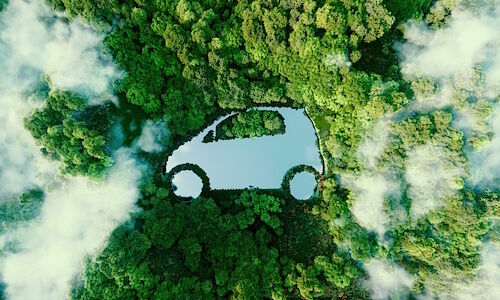Lombard Odier: Lux Cars Focus on Greener Interiors
The sustainability story in cars is often associated with electric vehicles but companies are also increasingly focused on greener interiors, according to a Lombard Odier report.
When it comes to sustainability in car manufacturing, electric vehicles have dominated the headlines. But there is more that can be done by the industry than just converting the source of energy used for driving.
«The journey towards greener transport may have become synonymous with electric vehicles, but a wider definition is emerging,» said a Lombard Odier report. «It’s not just what comes out of cars that impacts the environment, but what goes into them too. Interiors matter.»
Alternatives to Leather
An increasing number of luxury car brands are abandoning leather as the material of choice for interior designs.
Lombard Odier’s report cited examples such as BMW's usage of a cactus leather called Deserttex which creates no wastewater and methane emissions during production. Audi and Land Rover are using Dinamica, a microfibre material that is obtained through an innovative form of polyester recycling.
Not Just Seats
Car brands are also exploring other areas for sustainable improvements beyond just seats.
Floor mats and roof upholstery from BMW are being made using former fishing nets through a recycled material called Econyl. Bentley’s veneers and dashboards are shifting away from freshly felled trees and instead use centuries-old woods recovered from bogs with cracks that can be filled with recycled copper – an approach inspired by a Japanese pottery practice.
Improved Performance
The alternative interior designs have more than just sustainability-related benefits, the report added. Many of the materials used are lighter and this can improve performance and fuel efficiency, which is important for electric cars especially due to the extra weight from their large battery packs.
«[W]e believe creating a circular economy that promotes the reduction, repair, re-use, re-distribution and recycling of products is essential to help the world transition to a better future,» Lombard Odier said. «This shift to what we call the ‘CLIC' economy – one that is Circular, Lean, Inclusive and Clean – will affect every single sector. It will thrive on efficiency and innovation to boost growth, and cumulatively create a $5.5 trillion investment opportunity.»



















